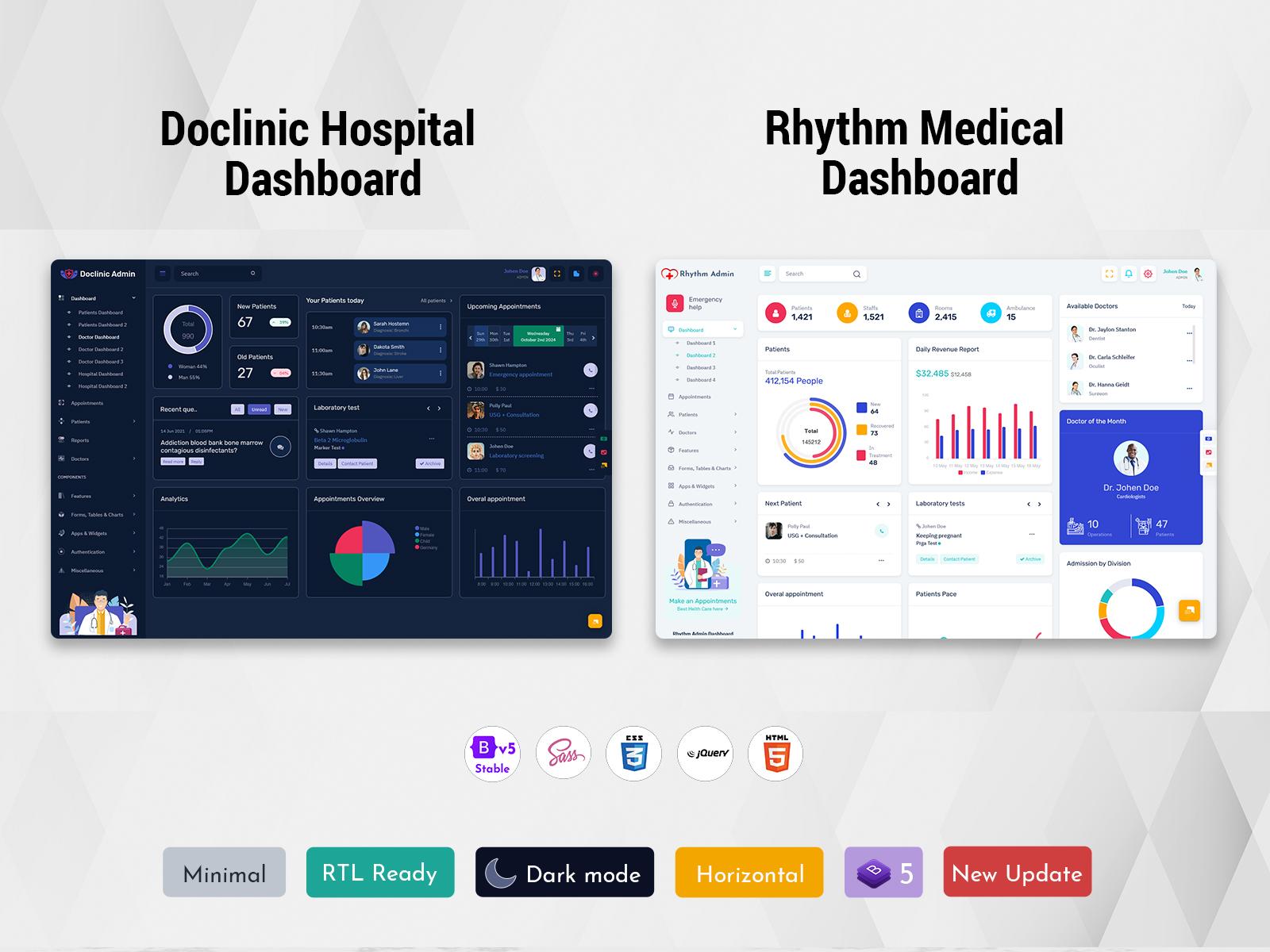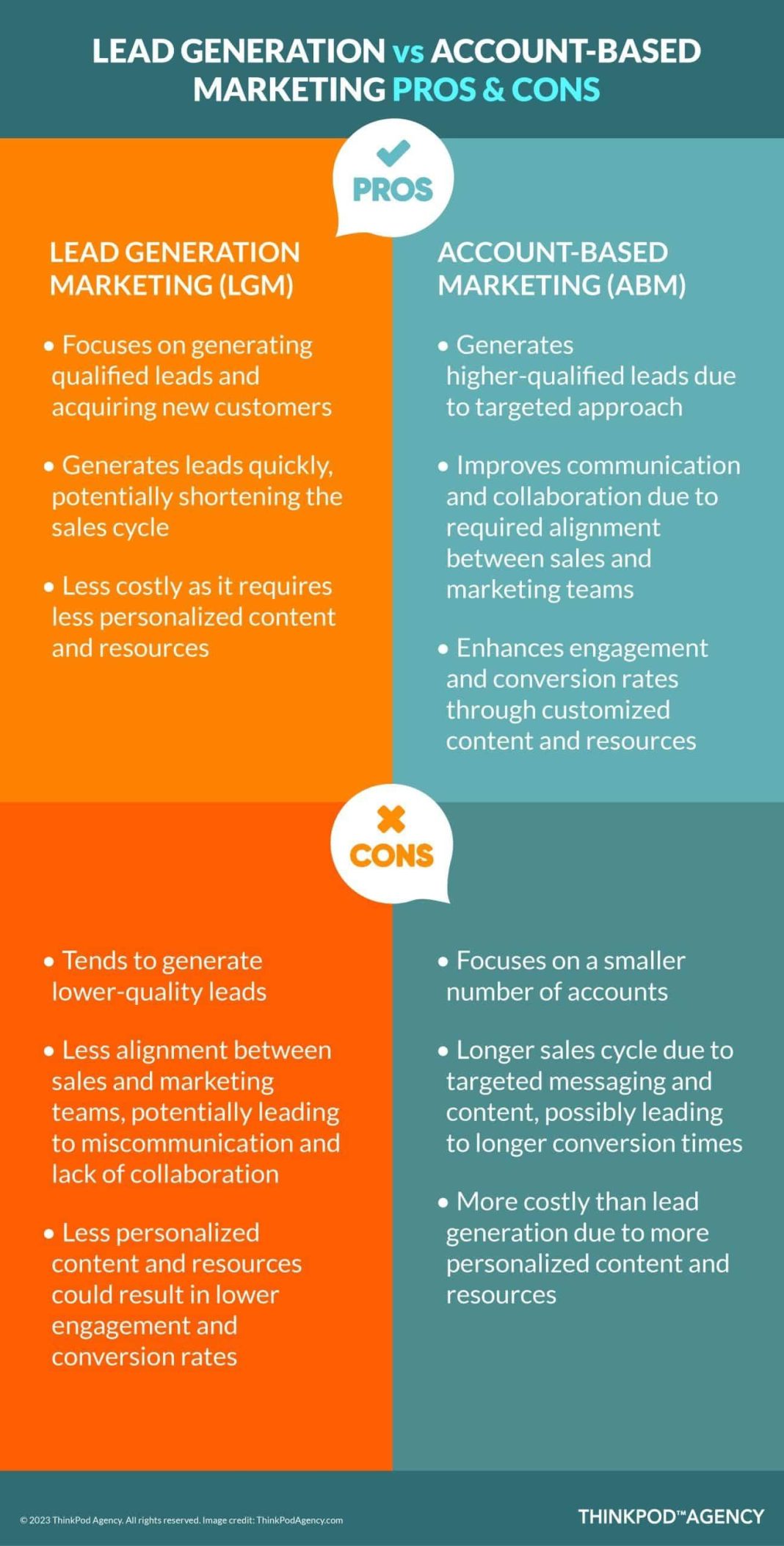In the intricate dance of finance, where opportunities abound and pitfalls lurk in shadowy corners, managing credit risk stands as a crucial art form. It is the delicate balance between extending trust and safeguarding assets, a skill that separates the thriving from the faltering. As global markets become increasingly interconnected and complex, the stakes have never been higher. Yet, fear not. With the right strategies, businesses can navigate these turbulent waters with confidence. In this article, we unveil five definitive steps to reducing credit risk, each a cornerstone in building a resilient financial future. Join us as we explore these essential strategies, empowering you to master the art of credit risk management with precision and authority.
Understanding the Foundations of Credit Risk Management
In the realm of finance, the ability to effectively manage credit risk is pivotal for sustaining economic stability and growth. At its core, credit risk management involves identifying, assessing, and mitigating the potential for loss due to a borrower’s failure to meet financial obligations. Understanding these foundations is essential for any financial institution aiming to safeguard its assets and maintain trust with stakeholders.
Key components of credit risk management include:
- Comprehensive Risk Assessment: A thorough evaluation of a borrower’s creditworthiness, which includes analyzing financial statements, credit history, and market conditions.
- Robust Risk Models: Utilizing advanced statistical models and data analytics to predict potential defaults and adjust lending strategies accordingly.
- Effective Risk Mitigation Strategies: Implementing measures such as credit derivatives, collateral requirements, and covenants to minimize potential losses.
- Continuous Monitoring: Regularly reviewing borrower performance and market changes to adapt risk management strategies proactively.
- Regulatory Compliance: Ensuring adherence to financial regulations and industry standards to avoid legal repercussions and maintain institutional integrity.
By mastering these foundational elements, financial entities can significantly reduce their exposure to credit risk, thereby securing their financial health and fostering long-term success.

Implementing Robust Credit Assessment Strategies
In today’s dynamic financial landscape, ensuring the resilience of credit assessment strategies is paramount. A robust approach begins with a comprehensive understanding of borrower profiles, which involves delving beyond surface-level data to analyze behavioral patterns and historical credit performance. This depth of insight enables lenders to tailor their strategies, aligning them with the unique risk profiles of each borrower.
Equally important is the integration of advanced analytical tools. Leveraging machine learning algorithms and AI-driven insights can significantly enhance the precision of credit assessments. These technologies not only streamline the evaluation process but also provide predictive capabilities that can foresee potential risks before they materialize. By combining traditional methods with cutting-edge technology, financial institutions can create a more holistic and proactive approach to credit risk management.

Leveraging Data Analytics for Predictive Risk Analysis
In today’s rapidly evolving financial landscape, the ability to harness the power of data analytics for predicting potential credit risks is more crucial than ever. By analyzing vast amounts of historical and real-time data, financial institutions can proactively identify patterns and trends that signal potential defaults. This not only aids in mitigating risks but also enhances decision-making processes, ensuring a more secure lending environment.
Key strategies in leveraging data analytics include:
- Data Integration: Combining data from various sources, such as credit scores, transaction histories, and market trends, to create a comprehensive risk profile.
- Advanced Algorithms: Utilizing machine learning models to detect anomalies and predict future credit behavior with greater accuracy.
- Real-Time Monitoring: Implementing systems that provide continuous surveillance of borrower activities, allowing for immediate action when risk indicators arise.
- Predictive Modeling: Developing predictive models that simulate different scenarios, helping to anticipate and prepare for potential risk exposures.
- Risk Scoring: Refining risk scoring methodologies to better reflect the nuanced realities of today’s financial markets.
By integrating these approaches, organizations can significantly reduce credit risk, ultimately leading to a more resilient financial ecosystem.

Strengthening Credit Policies with Proactive Monitoring
In the dynamic landscape of credit management, the key to minimizing risk lies in the adoption of a proactive monitoring approach. By consistently tracking and analyzing borrower behavior, financial institutions can swiftly identify potential red flags before they escalate into significant issues. This requires the integration of advanced analytics and real-time data monitoring systems, enabling credit managers to make informed decisions with confidence.
- Data Integration: Leverage technology to consolidate data from various sources, providing a comprehensive view of each borrower’s financial health.
- Predictive Analytics: Utilize predictive models to anticipate potential defaults and take preemptive measures.
- Automated Alerts: Implement systems that automatically flag anomalies or deviations from expected payment patterns.
- Regular Review Meetings: Schedule frequent strategy sessions to reassess credit policies based on the latest data insights.
- Stakeholder Engagement: Foster a culture of communication among stakeholders to ensure everyone is aligned with the credit risk strategy.
By embedding these practices into the core of credit operations, organizations not only protect themselves from unforeseen risks but also enhance their reputation as responsible lenders.





